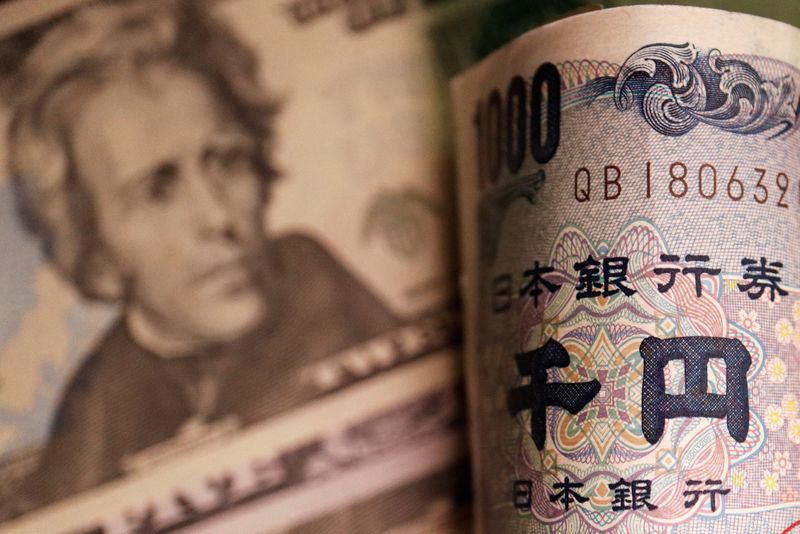Yen is rising on statements of Bank Japan
2022.12.19 01:47
[ad_1]

Yen is rising on statements of Bank Japan
Budrigannews.com – The news that the Japanese government may soon revise a joint statement with the Bank of Japan (BOJ) regarding the latter’s inflation target led to a rise in the yen on Monday. This could pave the way for a change in the BOJ’s extremely loose monetary policy.
After rising by more than 0.5 percent earlier in the session to a high of 135.78, the yen was last up 0.4 percent at 136.19 per dollar.
Sources told Reuters that the Japanese government will consider revising a joint statement it signed with the BOJ in 2013 that says the central bank will meet its goal of 2% inflation as soon as possible.
If the change were to be made, it would be done after a new BOJ governor is appointed in April. This could make it more likely that incumbent Governor Haruhiko Kuroda’s extremely loose monetary policy will be changed. The yen has fallen more than 15% this year as a result of this policy stance and the resulting interest rate differentials with the rest of the world.
Vishnu Varathan, Mizuho Bank’s head of economics and strategy, stated, “I think the upshot is this maybe provides timely flexibility, but it doesn’t bind monetary policy bias in any way.”
“So, ultimately, it doesn’t necessarily have an imminent or outsized impact on the yen, at least not until clarity emerges on intent and execution,”
Aside from that, investors bet that the Bank of England (BoE) might be getting close to the end of its rate-hike cycle, and as a result, the dollar edged lower on Monday. Sterling ended the day 0.28 percent higher at $1.21735. Last week, it had fallen 1 percent.
To $1.0604, the euro gained 0.19 percent. The gained 0.24 percent to $0.6702, while the lost 0.11 percent to $0.6374.
The slipped 0.19% to 104.61.
The Bank of England (BoE), the Federal Reserve of the United States (Fed) and the European Central Bank (ECB) each increased interest rates by 50 basis points during the past week. The Fed and the ECB delivered hawkish messages and pledged additional hikes in the future, even at the risk of hurting growth.
According to S&P Global (NYSE:), new orders fell to their lowest level in just over two and a half years in December, further reducing U.S. business activity. said in its quick U.S. Composite PMI Output Index on Friday.
After abruptly ending many key components of its zero-COVID policy, President Xi Jinping and senior officials in China pledged to help the battered economy next year. China is dealing with a worsening spread of COVID-19 infections.
The Chinese currency was last slightly lower, trading at 6.9858 USD.
According to Commonwealth Bank of Australia (OTC:) currency strategist Carol Kong, “I think the pace of easing has just been too rapid.”
More Asian FX sets movement of currency pairs
“I think if we do see a further deterioration in the economic data, then markets will probably rethink their optimistic outlook for the Chinese economy.” “In the near term, (Chinese) economic data will continue to weaken and to show the COVID-related disruptions.”








